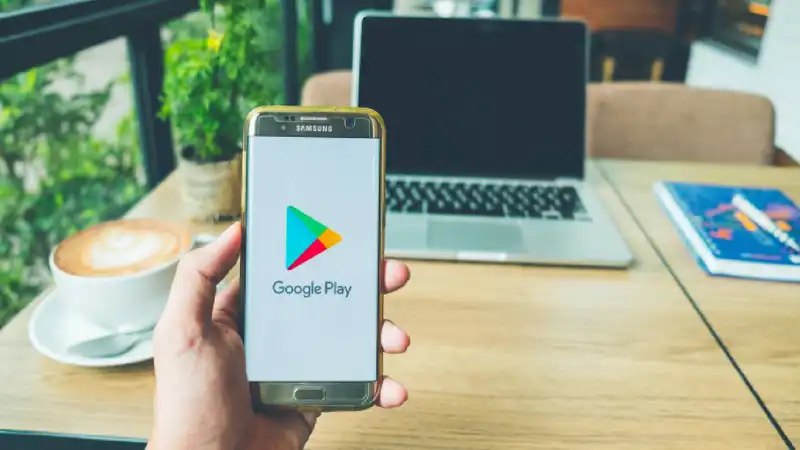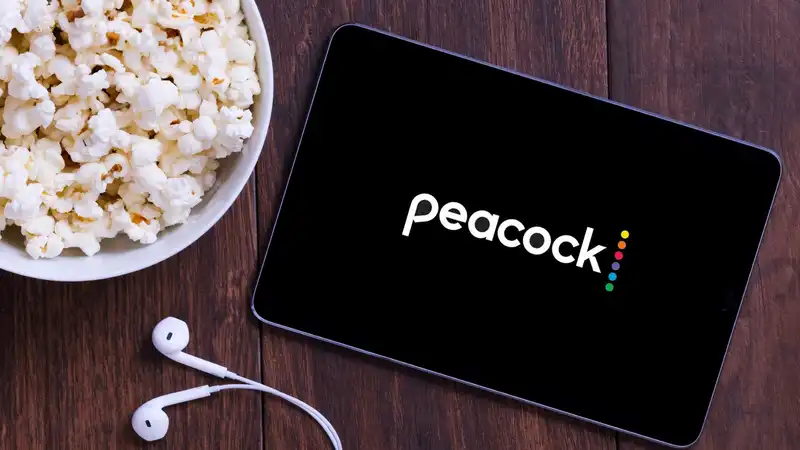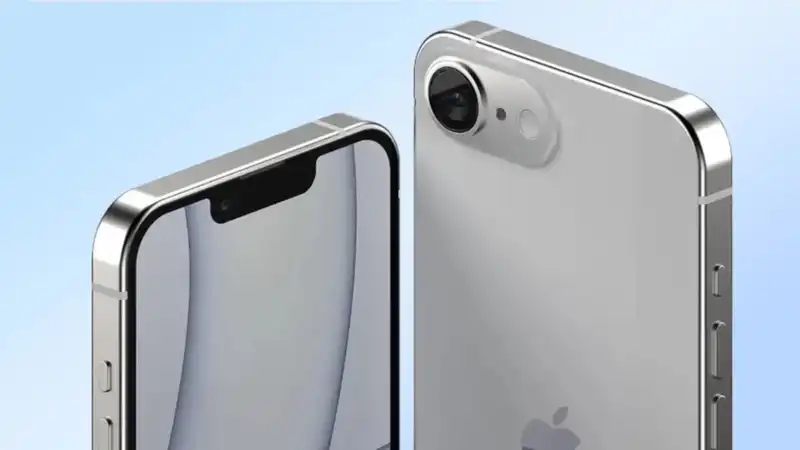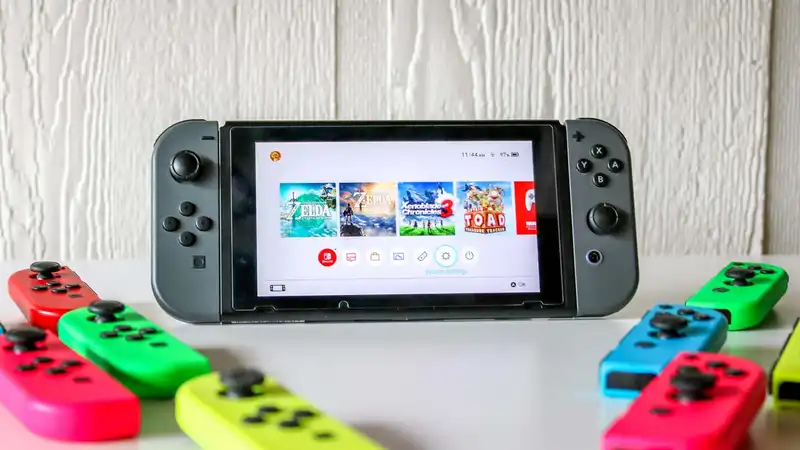Google Play is changing its rules for apps to better protect privacy regarding photos and videos.
The changes revolve around Google's Photo Picker API introduced in Android 13. This program acts as a privacy protection method for apps that access photos and videos stored on the device, very similar to how Apple works. Many Android apps do not require full access to images stored on the device, but still request it. The photo picker gives users much more control over what apps can see and access, and it appears that Google is trying to take away developers' options.
Google announced last October that it would eventually crack down on apps that did not use this software. The initial goal was to ensure that only apps with core functionality would have access to the entire gallery. Other apps, on the other hand, should allow users to select the images they want to share; thanks to Android Authority's original report, we now have pictures of file pickers and photo pickers.
The biggest difference is that apps have complete control over what they can see and access. For example, if you download WhatsApp and send a picture. Instead of giving the app full access to your gallery, you can choose exactly what images you want to share. This would improve overall privacy, but there are some issues with this feature. For example, there is currently no search function (although the feature is under development), and local albums created by the Android app are not displayed. Finally, there are no filtering or sorting options, so finding old images can be time consuming.
Google is working on limiting the amount of data other apps see, which seems a bit ironic given recent news about the Pixel 9. The Pixel 9 is reportedly sending a lot of information to Google without consent. These data packets include information such as location and network status every 15 minutes. This is not unusual for modern devices, however, and the lack of user approval is confusing. However, Google has stated that “user security and privacy is a top priority for Pixel.”
This type of enforcement may be hard to notice while using the best Android phones, outside of UI changes. The question, however, is whether one is willing to lose some functionality for more privacy.










Comments